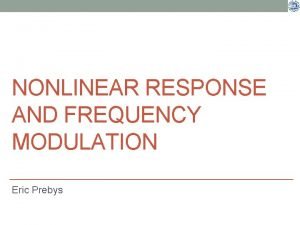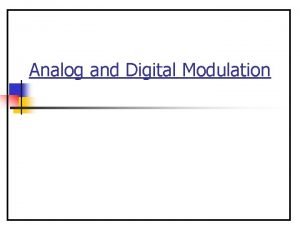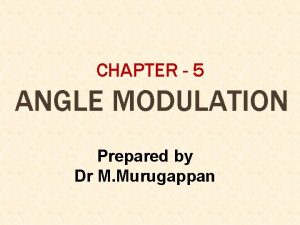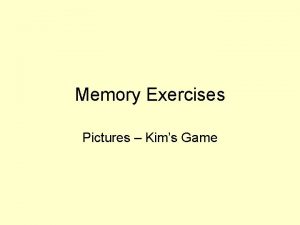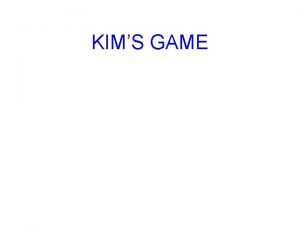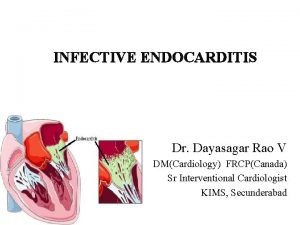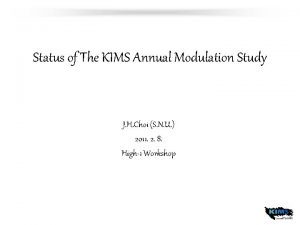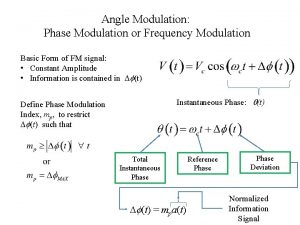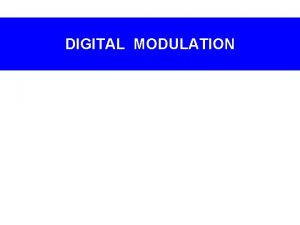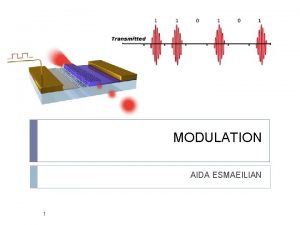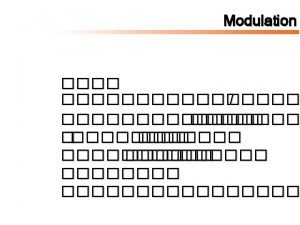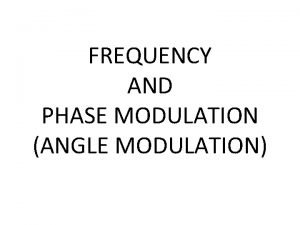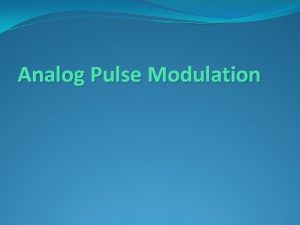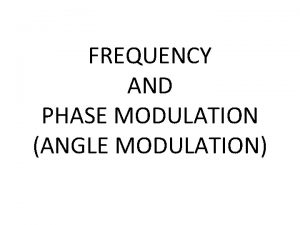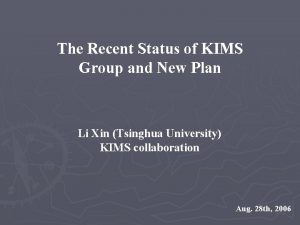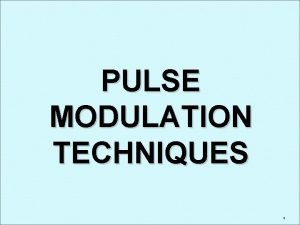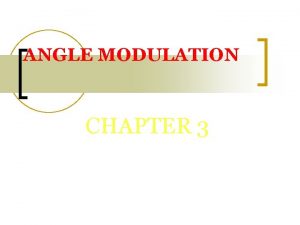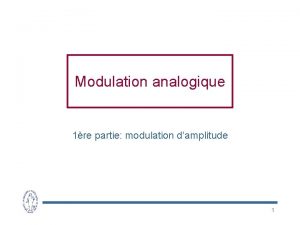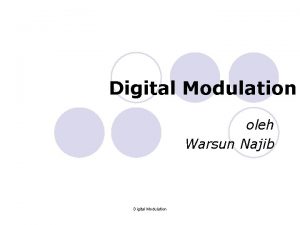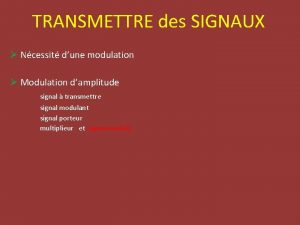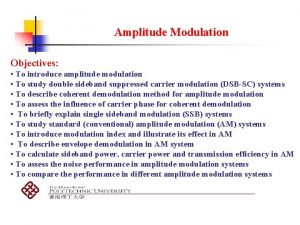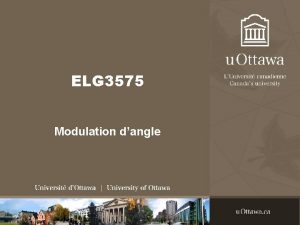Status of The KIMS Annual Modulation Study J





















- Slides: 21

Status of The KIMS Annual Modulation Study J. H. Choi (S. N. U. ) 2011. 2. 8. High-1 Workshop

Dark Matter Existence NGC 6503 galaxy K. G. Begeman et. al. Mon. Not. R. Astr. Soc. 249, 523(1991) Rotational velocity of stars in galaxy shows “Existence of Dark Matter Halo” We can think that galaxies are enclosed by “Dark Matter halo” Universe is composed of about 23% of Dark Matter 2011 -2 -8 High-1 Workshop

Dark Matter Candidate Baryonic White Dwarfs Brown Dwarfs Neutron Stars Black Holes Hot Dark Matter (HDM) relativistic Light neutrino ~ few tens of e. V Axions ~ 10 -5 e. V Non-Baryonic WIMP’s (Weakly Interacting Massive Particles) Cold Dark Matter (CDM) non relativistic a) massive neutrino Dirac ~ excluded by Ge Detector Majorana > 20 Ge. V (LEP) b) SUSY(Super Symmetry) Particles s-neutrino ~ exluded by LEP Neutralino > 30 Ge. V (LEP) Cosmions (few Ge. V) ~ excluded by Si detectors Monopoles ( ~ 1016 Ge. V) 2011 -2 -8 High-1 Workshop

Milky Way Galaxy <www. astronomynotes. com> Milky Way is also one of rotational galaxy which has the period of about 220 million years 220 km/s Sun We perceive from rotational velocity that “Dark Matter halo” encloses Milky Way The sun revolves at the speed of about 220 km/s <R. Hurt: NASA/JPL-Caltech/SSC> 2011 -2 -8 High-1 Workshop

Annual Modulation 30 km/ s Bernabei et al. , 0804. 2741 30 km/ s T. Schwetz, SFB meeting Munich, 29 Jan 2009 The sun revolves around the galactic center at the speed of about 220 km/s Earth revolves around the sun at the speed of 30 km/s against WIMP wind every 2 nd June of years DAMA showed the annual modulation amplitude under 0. 02 cpd , the period of 1 year and the peak day of 2 nd June If DAMA’s result is accurate, KIMS can also see annual modulation amplitude from experiment. High-1 Workshop 2011 -2 -8

Y 2 L Underground Laboratory Upper Dam Yangyang KIMS Laboratory Depth : 700 m 2000 m(mwe) Ground Office Yangyang Underground Office Lower Dam 2011 -2 -8 High-1 Workshop

Detector Structure 12 x Cs. I(Tl) crystal • Neutron shield / Muon det. Muon Detector - The outermost shielding layer acts as a MUD(Muon Detector) Lead shield Polyethylene - MUD is filled with 95 % mineral oil as moderator and 5 % homemade liquid scintillator (Pseudocumene+PPO+POPO P) Copper shield - Totally, 56 PMTs are installed to cover 4 π angle from 6 directions Cs. I(Tl) crystal mounted PMTs • Cs. I Crystal Detectors - 12 Cs. I(Tl) crystals are installed in the innermost - Size of 8 x 8 x 30, Mass of 8~9 kg(Total 103 kg) - Each crystal is mounted with 2 PMTs in the both side 2011 -2 -8 High-1 Workshop

Photoelectrons from Scintillation Cs Event Display I WIMP Multiple Hit Events Single Hit Events I Recoiled Energy (Scintillation Light) 12 Cs. I crystals mounted PMTs WIMP can sometimes interacted with atom of Cs. I crystals and leave recoiled energy Recoiled energy generate scintillation light, scintillation heat and so forth Cs. I(Tl) crystal 2011 -2 -8 We can detect the scintillation light(Photoelectrons) with PMTs mounted at the both side of crystals High-1 Workshop

Scintillation Signal Cs. I crystals mounted PMTs ROOT Based Linux Computer Electronics System 400 MHz FADC Data Ac. Quisition Program Electronics system digitize photo electrons(scintillation signals) with 400 MHz FADCs, which have a 10 bit dynamic range and 32μs window Digitized signals are acquired by DAQ(Data Ac. Quisition) Program, which is working by ROOT based linux system 2011 -2 -8 High-1 Workshop

Data Taking Cs. I DAQ rate < 6 Hz DAQ rate is under 6 Hz(0. 5 million events/day) We are taking data for long time with total 103. 4 kg of crystals Sep. 2009 ~ Nov. 2010 2011 -2 -8 High-1 Workshop Analysis is conducted with data from Sep. 2009 ~ Nov. 2010 (15 month‘s data to see annual modulation) because of good stability during those days

Stability of Environment We are monitoring and managing the stability in real time with network and alarm systems Monitoring stability of Electric Power Monitoring Stability of Crystals’ Surface Temperature Monitoring Stability of Temperature and Humidity 2011 -2 -8 High-1 Workshop

Signal Analysis Signal and Clusters We can figure out every clusters(Single Photoelectrons) because of 400 MHz FADC with fast sampling rate of 2. 5 ns Recoil energy is proportional to the area of clusters(signal charge) and the number of clusters(nc) 59. 54 ke. V calibration (Number of Clusters) 59. 54 ke. V calibration (Cluster Charge) Am 241(59. 54 ke. V) is used for the calibration of energy Am calibration -> ~5 p. e /ke. V 13. 9 ke. V Np L X-ray 17. 8 ke. V Np L X-ray 20. 8 ke. V Np L X-ray 26. 35 ke. V gamma Cs, I X –ray escape 59. 54 gamma Resolution of NC ~15. 4% : Resolution of Charge : ~17. 7% Event Selection (3 Strategy) I. Cluster Time Analysis II. Cluster Charge Analysis 2011 -2 -8 High-1 Workshop III. Cluster Shape Analysis

Event Selection From Signal - I <Single Hit> Start Position of Signal Cluster Time Analysis <Multiple Hit> Typical Low Energy Signal Start Position of Signal Start Position Asymmetry from both PMTs <Single Hit> <Multiple Hit> Start Position of Signal : (Trigger Condition) Start Position Asymmetry : (Coincidence between both PMTs) | Start Position(PMT 0)–Start Position(PMT 1) | 2011 -2 -8 High-1 Workshop

Event Selection Form Signal - II Spark Cut Cluster Charge Analysis I Typical Low Energy Signal <Single Hit> + Charge Pedestal <Multiple Hit> - Charge Electronics Noise Spark Cut : <Single Hit> (Sparks have big cluster comparing with normal signal) charge biggest cluster’s charge <Multiple Hit> Electronics Noise : (Electronics Noise has negative charge) 2011 -2 -8 High-1 Workshop

Event Selection Form Signal - II <Single Hit> Charge Asymmetry Cluster Charge Analysis II <Multiple Hit> Typical Low Energy Signal 1 μs Charge Sum Total Charge Sum Start Position of Signal <Single Hit> Partial Charge Ratio <Multiple Hit> Charge Asymmetry : (Random PMT noise rejection, We set boundary with ~85% multiple events efficiency) Charge(PMT 0)-Charge(PMT 1) Lower ≤ < Upper Charge(PMT 0)+Charge(PMT 1) Partial Charge Ratio : (We can veto abnormal signals for example afterpulse) 1μs Charge Sum Total Charge Sum 2011 -2 -8 High-1 Workshop

Event Selection Form Signal - III Cluster Shape Analysis Typical Low Energy Signal Time Distribution of Cluster(Single Photoelectron) Fit Quality <Single Hit> <Multiple Hit> Fit Quality : (Single exponential fitting gives the goodness of fit) F(t)=1/ τ exp(-(t-t 0)/ τ) nll Fit Quality ( ) ndf-2 nll : negative log likelihood value ndf : number of degree of freedom 2011 -2 -8 High-1 Workshop

Events Selection Condition Type Name Function Electronics Noise rqcn Partial Charge qc 1/qc Spark Cut qc/bclust && bclust/spe Charge Asymmetry (qc(0)/gain(0)qc(1)/gain(1))/(qc(0)/gain(0)+qc( 1)/gain(1)) Signal Start Time t 1 Time Asymmetry t 0(pmt 0)-t 0(pmt 1) Time Shape 2011 -2 -8 Fit Quality nll/(ndf-2) High-1 Workshop

After Events Selection Single hit events rate Under 2. 5 cpd/kg/ke. V Internal background : 134 Cs(Half Life: 753. 65 days) 2011 -2 -8 High-1 Workshop

Next Plan - I Efficiency Study : 1. Optimizing Events Selection Condition 2. Correaltion of Events Selection Condition 3. Efficiency calculation from multiple hit event without noise Annual Modulation Study: 2011 -2 -8 High-1 Workshop 1. Background Decay(134 Cs) 2. Period Fit to see annual modulation

Next Plan - II Time Asymmetry Correlation DET 3 Single Hit Events Multiple Hit Events Efficiency Study : 1. Optimizing Events Selection Condition 2. Correaltion of Events Selection Condition 3. Efficiency calculation from multiple hit event without noise Annual Modulation Study: 2011 -2 -8 High-1 Workshop 1. Background Decay(134 Cs) 2. Period Fit to see annual modulation

summary 2011 -2 -8 • Earth revolves around the sun against dark matter halo and DAMA reported annual modulation amplitude under 0. 02 cpd(2~6 ke. V) • We are taking data at the rate of under 6 Hz(0. 5 million events/day) with 103. 4 kg of Cs. I crystal in the environment’s stability and we used about 15 month’s data to see annual modulation amplitude • Events selection was done by 3 strategy(cluster time analysis, cluster charge analysis and cluster shape analysis) • After events selection, single hit events rate is : under 2. 5 cpd/kg/ke. V • We are optimizing event selection condition( correlation of events selection conditions, efficiency calculation, …) • Finally, We will get the existence of annual modulation amplitude High-1 Workshop
 Amplitude modulation vs frequency modulation
Amplitude modulation vs frequency modulation Wave modulation
Wave modulation Advantages of angle modulation
Advantages of angle modulation Kim's game images
Kim's game images Kim's game questions
Kim's game questions 04:02 / 08:10
04:02 / 08:10 Modified duke criteria 2020
Modified duke criteria 2020 Annual status of education report
Annual status of education report Hình ảnh bộ gõ cơ thể búng tay
Hình ảnh bộ gõ cơ thể búng tay Frameset trong html5
Frameset trong html5 Bổ thể
Bổ thể Tỉ lệ cơ thể trẻ em
Tỉ lệ cơ thể trẻ em Gấu đi như thế nào
Gấu đi như thế nào Chụp tư thế worms-breton
Chụp tư thế worms-breton Bài hát chúa yêu trần thế alleluia
Bài hát chúa yêu trần thế alleluia Môn thể thao bắt đầu bằng từ chạy
Môn thể thao bắt đầu bằng từ chạy Thế nào là hệ số cao nhất
Thế nào là hệ số cao nhất Các châu lục và đại dương trên thế giới
Các châu lục và đại dương trên thế giới Công thức tính độ biến thiên đông lượng
Công thức tính độ biến thiên đông lượng Trời xanh đây là của chúng ta thể thơ
Trời xanh đây là của chúng ta thể thơ Mật thư anh em như thể tay chân
Mật thư anh em như thể tay chân 101012 bằng
101012 bằng
